3 female orca, all from the Northern Resident Killer Whale community…… 3 very different lives.
A-16 (A-5 Pod, A-23 Matriline)
I-20 (I-18 Pod, I-18 Matriline)
G-2 (G-12 Pod, G2 Matriline)
1963
G-2 born in the ocean into the G-12 Pod.
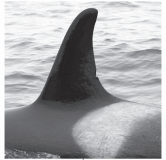
Pic acknowledgment:
http://www.pac.dfo-mpo.gc.ca/
1964
A-16 born in the ocean into the A-5 Pod.
1964/5
I-20 born in the ocean into the I-18 Pod.
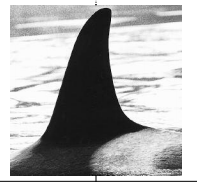
Pic credit http://www.dfo-mpo.gc.ca/
December 11 1969
A-5 Pod enter Pender Harbour British Columbia. After a struggle that lasted almost all night:
A-16 and 5 other orca are selected for capture.
A-16 is taken from the wide ever-changing ocean, her pod and her mother’s side…..from everything she has ever known for her entire life and placed in a small never-changing tank, hundreds of miles from home.
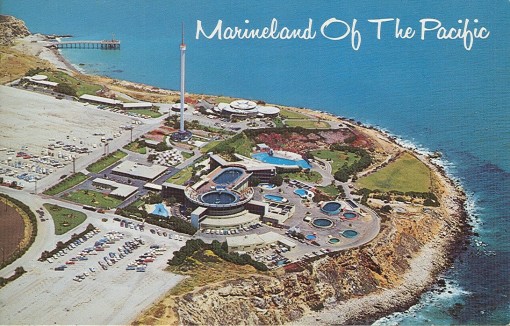
Picture Credit vintagetravelpostcards.blogspot.com
A-16 is housed with 4 other orca, all Northern Residents and all taken from the ocean either at the same time as A-16 or 1 year previously. They are Kenny, Patches, Corky and Orky 2. (Orky 1, the resident bull had already died by the time A-16 had arrived.)
1970
Corky dies at Marineland of the Pacific.
A-16, in a feat of breath-taking imagination, is named Corky 2. (The numeral has subsequently been dropped.)
1971
Patches dies at Marineland of the Pacific.
1972
Kenny dies at Marineland of the Pacific.
Orky and Corky are trained to entertain the public visiting Marineland of the Pacific, which they do until the park closes in 1987.
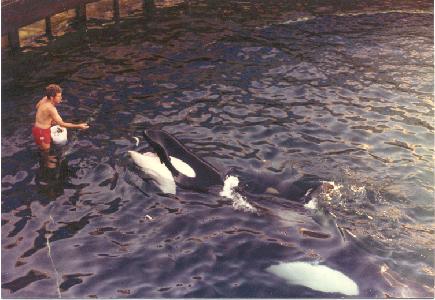
Photo courtesy of former Marineland employee Tad Smith
1977
Corky gives birth to a male calf. 17 days later it is dead.
G-2 gives birth to a female calf, G-34.
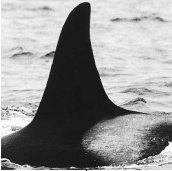
Pic courtesy of http://www.pac.dfo-mpo.gc.ca/
G-34 is alive and still living in her ocean home. She is now a grandmother.
October 31st 1978
Corky gives birth to a male calf. 12 days later it is dead. Naturally he was called “Spooky”.
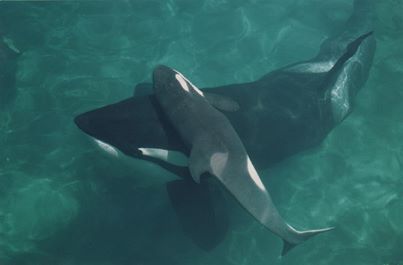
Corky and Spooky
Pic credit: Unknown at this time.
1979
I-20 gives birth to a female calf, I-21.
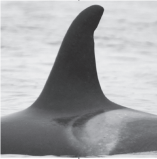
Pic courtesy of http://www.dfo-mpo.gc.ca/
I-21 is alive and still living in her ocean home. She had her own calf in 2006.
April 1st 1980
Corky gives birth to a premature and stillborn female calf.
1981
G-2 gives birth to a male calf, G-28. He has not been seen since 2001, and must be presumed dead.
June 18th 1982
Corky gives birth to a female calf.
She is named Kiva.
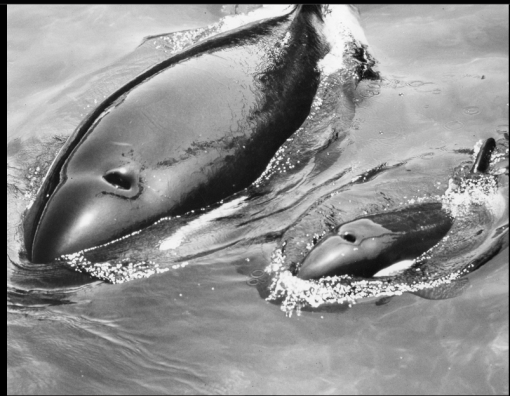
Picture via Jovana Ivastanin/Tumblr
August 3rd 1982
Kiva dies.
July 22nd 1985
Corky gives birth to a female calf. it is dead a month later.
1985
G-2 gives birth to G-36. The calf does not survive.
1986
I-20 gives birth to a male calf, I-52.
I-52 is alive and still living in his ocean home.
Corky suffers a miscarriage.
1987
Marineland of the Pacific closes. Orky and Corky are moved to SeaWorld San Diego.
Corky suffers another miscarriage shortly after arriving at SeaWorld.
September 26th 1988
Orky dies at SeaWorld San Diego. He was approximately 30 years old. The necropsy report gives his cause of death as “Acute Bronchopneumonia, Nephropathy”.
1989
G-2 gives birth to G-43. The calf survives for 3 years.
Corky is involved in a violent exchange with Kandu 5, the dominant Icelandic captive attempts to rake Corky but instead breaks her jaw rupturing an artery. Kandu 5 bleeds out for a painful and heart-breaking 45 minutes.
1990
G-34 gives birth to a female calf, G-49.
G-2 is now a grandmother.
1991
I-20 gives birth to I-66. The calf does not survive.
1994
G-2 gives birth to G-53
G-53 is alive and still at home in the ocean.
1997
I-20 gives birth to a female calf, I-83.
I-83 is alive and still living in her ocean home.
2003
I-20 gives birth to a calf, I-101.
I-101 is alive and still living in the ocean.
G-34 gives birth to G-70.
G-70 is still alive and living in the ocean.
2005
G-2 gives birth to a calf, G-77.
G-77 is still alive and living in the ocean.
G-49 gives birth to a calf, G-71.
G-71 is still alive and living in the ocean. G-2 is now a great-grandmother.
2006
I-21 gives birth to a calf, I-119.
I-20 is now a grandmother.
2008
I-83 gives birth to a calf, I-126.
I-20 is a grandmother for the 2nd time.
Corky, meanwhile swims round and round her tank, a pointless journey with no destination. She isn’t travelling to feeding grounds or meeting other family members such as her little brother A-60 who she has never seen. She just swims round and round akin to an over-sized goldfish in an under-sized bowl or she performs banal tricks for the paying public.
She cannot echo-locate properly and there is no one else left alive in captivity from the Pender Harbour captures almost 50 years ago for her to communicate with. She has no off-spring. She is alone, even with the other orca in her tank, there is no familial connection apart from the tenuous genetic link she might have with Orky’s calf Orkid.
She is unaware that her mother A-23 died in 2000, yet as a wild orca she would have been with her mother for her entire life and would have seen her die and been able to mourn her passing. The life skills her mother and the other pod members would have passed down to her would have been invaluable to her as wild orca. But that was not to be.
In a devastating experiment, Corky was played a recording of her pod from the wild. The results from that are summed up best by British journalist John McCarthy who was held hostage for more than 5 years in Lebanon.
“When the whales at SeaWorld were played a sound recording of a group of whales made at sea, they all stopped moving in their tanks. Then one of them, Corky, began shaking violently. The tape was playing sounds of her family. I have no idea if this creature shares any feelings that we know as humans, but her reaction reminded me of the times I heard messages from my own family when I was a hostage in Lebanon. I would feel great relief at knowing they were well, but also much sorrow and a sharpened longing to be reunited with them. What is clear is that Corky could recognize her family’s sounds after years of separation…Knowing only this much I believe it is pointless and cruel to keep these animals apart for commercial reasons – to exploit them for commercial entertainment.”-John McCarthy.”
Corky is, by all accounts, a calm and gentle orca. She knows the ropes and is, apparently, the orca most often used to build the confidence of rookie trainers at SeaWorld. The trainers clearly have a huge amount of affection for the orca they are charged to care for, but we cannot replicate their natural environment and we don’t even feed them their natural food. No orca would eat dead fish day and day out, no matter how high the quality.
Corky stopped ovulating just after she arrived at SeaWorld and the trauma of her 7th known pregnancy ending in yet another death. Thankfully, she has never been subjected to SeaWorld’s AI breeding programme which may have simply ended in yet more lost calves.
She has suffered enough.
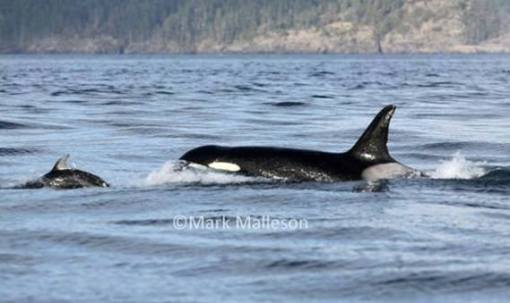
G-2 living the life that A-16 was never allowed to live.
3 orca
19 known pregnancies
11 deaths SEVEN of which are Corky’s calves.
***Many thanks to “Miss Mary” for her boundless knowledge of, and enthusiasm for, the Northern Resident Killer Whales. Any and all errors regarding the NRKW’s life events are mine.
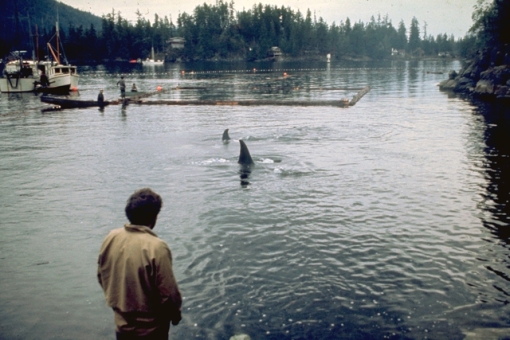
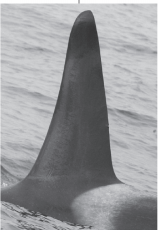
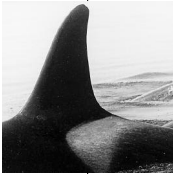
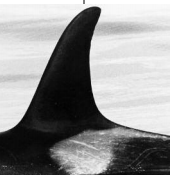
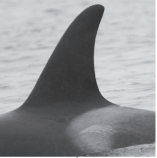
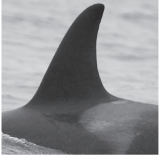
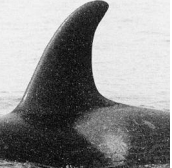
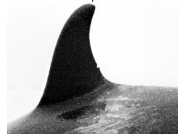
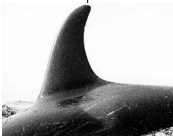
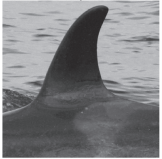
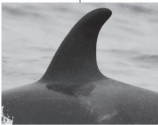
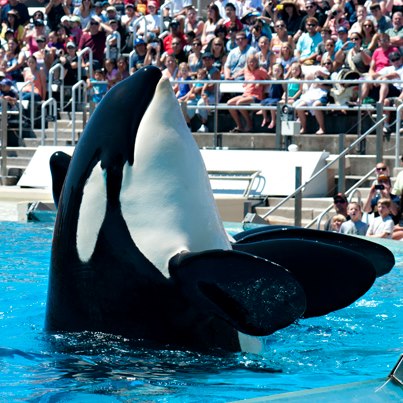
What a display of cherry picking a few success matrilines for comparison. Try picking the WPod matriline or many other that have had tragic losses. The wild is a dangerous place and death happens often and early in the life of wild orca! Corky has outlived all of her known family members… yes, they are all dead either by starvation, being shot or run over by ferry boats. The wild is a dangerous place for orca and not the pristine wonderful place this site makes it out to be.
Fredrica, I have to wholeheartedly disagree with your statement.
First of all, quite a number of Corky II’s wild family are still alive today. Her sister Ripple, brother Fife, her niece Midsummer and her grand-niece Fern just to name a few.
Second of all, W Pod is a ridiculous comparison. Most of W Pod were destroyed when orcas were being taken into captivity. Having said this, the irony of you choosing W1 Pod is that the only living member, Neobhannah, is still alive and kicking at 79 years old! She’s the oldest northern resident orca today.
Thirdly, if age is what this is really about then here are the top 5 oldest living Northern Resident Orcas today:
Neobhannah- Age 79
Scarlett- Age 65
R5- Age 65
G3- Age 57
I17- Age 54
G2- Age 51
All of which are older than Corky II.
I am not saying that the wild isn’t dangerous… but what I am saying is that biologically speaking, wild orcas have a longer life expectancy in the long run.
Cherry picked??
What balderdash!
We selected 2 Northern Resident orca of a very similar age to A-16 and mapped their life experiences. That isn’t “cherry picking” in any way, shape or form. To have chosen a member of W Pod would have been utterly pointless as there is no member of a suitable age to compare with A-16.
If we had wanted to show how “wonderful” life is for a wild animal, then we would have edited out the deaths of the wild orca, but as the intention was to show comparative timelines there has been no editing in favour of either wild or captive orca.
As for A-16’s wild family, may I suggest Fredrica that you google “Fife” and work your way on from there? Here’s a hint for you though…..he is A-16’s younger brother. You know, as in…..family.